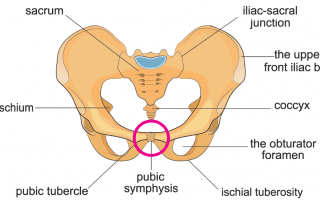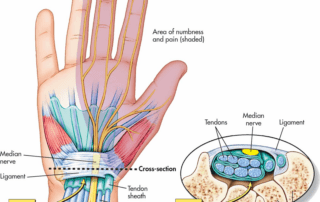
In Central New York, Spring and summer are some of the best times of the year. When we have clear skies and the sun is finally shining, we are all chomping at the bit to get outside and spruce things up in the outdoor spaces that we are spending more time in.
Many months of the year we are not able to get out in the yard and move around a lot, exercise level decreases and our bodies are not used to doing a lot of movement and especially some of the heavy lifting and demanding work that needs to be done in the yard. This being said, when people venture outside to do yard work for the first time in months their injury rate increases. Rotator cuff strains, disc bulges in the neck and low back, and knee injuries are some of the most common injuries. It is important to be aware of these possibilities and remember some key points as you perform these tasks outside so you can limit the chances of these happening to you.
Tip #1:
Wear good and supportive footwear when in the yard or on uneven surfaces. Be aware of obstacles in the yard or at home when moving quickly.
Tip #2:
Make sure your back is flat and you are bending at the hips and knees when lifting things from the ground or cleaning the floor.
Tip #3:
Be careful when reaching forward to plant seeds, reach for an item or when cleaning a window. Maintain proper posture and try not to lurch your head too far forward.
Tip #4:
Be mindful of your core and tighten those belly muscles when lifting, carrying items or doing any taxing activity.
Tip #5:
Take breaks in between activity and listen to your body if you feel you are overdoing it.
Tip #6:
Drink water! Hydration is SO important.
Tip #7:
If you feel you injured yourself somewhere, please do not hesitate to call one of our offices to see us for a FREE injury screen or set up a PT Evaluation. We advise that you also see your MD if the injury seems more serious.
Keep Reading…
Spinal Stenosis and Lower Back Pain
Spinal Stenosis is one of the most common conditions that causes lower back pain and lower extremity (leg) pain in older adults.
Physical Therapy After a Concussion
This is a question that I get a lot from patients and physicians, and surprisingly there is actually a lot that a physical therapist trained to treat concussions can do to help!
What is a concussion?
A concussion is classified as a mild traumatic brain injury; however, just because it is classified as “mild” doesn’t mean that its effects are not serious.
Exercise following C-Section: How to safely return to your routine
Although c-sections are becoming fairly common in the United States, approximately 30%, that does not mean they should be considered a “small surgery.”
Pubic Pain During Pregnancy
Your pubic bone, or pubic symphysis, is found on the front side of your pelvis where the two sides connect. They connect to form a cartilage joint: the symphysis pubis. This joint is responsible for keeping the two bones of the pelvis together and stable during physical activity.
Pregnancy and Carpal Tunnel Syndrome
The carpal tunnel is a small space located at the wrist. It is formed by wrist (carpal) bones and a ligament which creates the roof of the “tunnel”.







